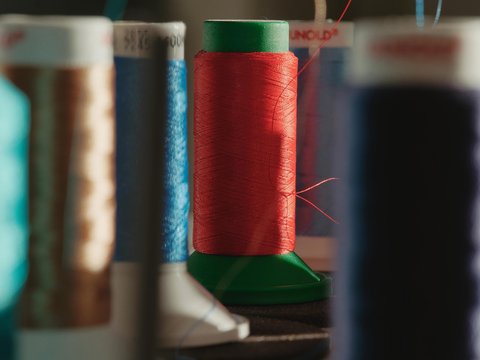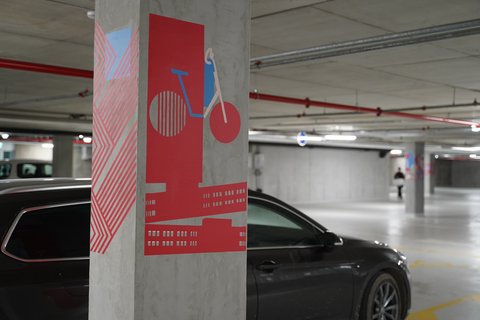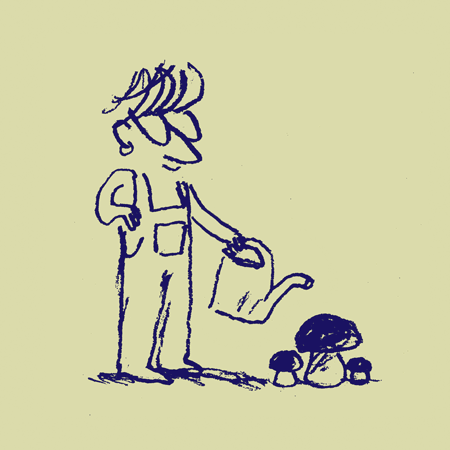The History of our building
The industrial activity in this area has a long history and dates back to 1871, when the leather manufacturer Ivan Janesch bought pasture land in the so called Šempeter suburb of Ljubljana. In 1879 he built a single-storey brick factory building, about 120 metres long and 8.5 metres wide, which was the largest industrial building - a tannery - in Ljubljana at that time. In 1882, his son Ivan Janesch Jr. added one floor to the tannery and expanded production to include the manufacture of leather goods. At the end of the 19th century, his factory employed up to 100 workers.
The suburb of Šempeter has always been inhabited mainly by leatherworkers, tanners, torch makers and dyers, i.e. craftsmen who had no place within the city walls because of the harmful substances used in their work. In 1900, the factory was bought by the leather wholesaler Karl Pollak, he enlarged and modernised the building. Following a patent by the French engineer Francois Hannebique and based on plans by the structural engineer Alois Král, the factory was extended by three more floors with the characteristic longitudinal and transverse concrete connections. This became the first skeleton-built reinforced concrete factory building in Ljubljana, and with its many glazed areas it was designed to maximise the natural light in the production areas.
The bicycle and typewriter factory Rog
During the economic crisis, around 1930, the company got into financial difficulties due to over-indebtedness and went into ownership of the City Bank of Ljubljana. In 1938, the operation of the factory was taken over by a new company, Indus Ltd. which passed into state hands after WWII in 1945, with the changed political system and the forming of Socialist Yugoslavia. At that time, the Rog bicycle and typewriter factory was operating in the Vič complex, but due to increased production those premises soon became too small, so the Council of Industry in Ljubljana granted them the use of the factory premises of the former Indus leather factory. The factory continued to operate on the site until the 1990s, which marked the ending of the authentic – industrial – use of the building. From 1991, when production in the building was abandoned, until 2002, when the Municipality of Ljubljana bought the building, there were reflections and discussions about the future of the area. What was common to all the discussions was that the area should be used for public programmes. The central building of the Rog factory complex has been declared a cultural heritage site by the Ordinance on the Protection of the Poljansko and Šempetrsko Suburbs and is one of the last surviving quality examples of old industrial architecture in Ljubljana. The revitalisation proved to be an opportunity to re-evaluate a typical industrial building with important elements of the technical heritage of the old factory, which will serve new purposes after the future renovation.
Factory life
-
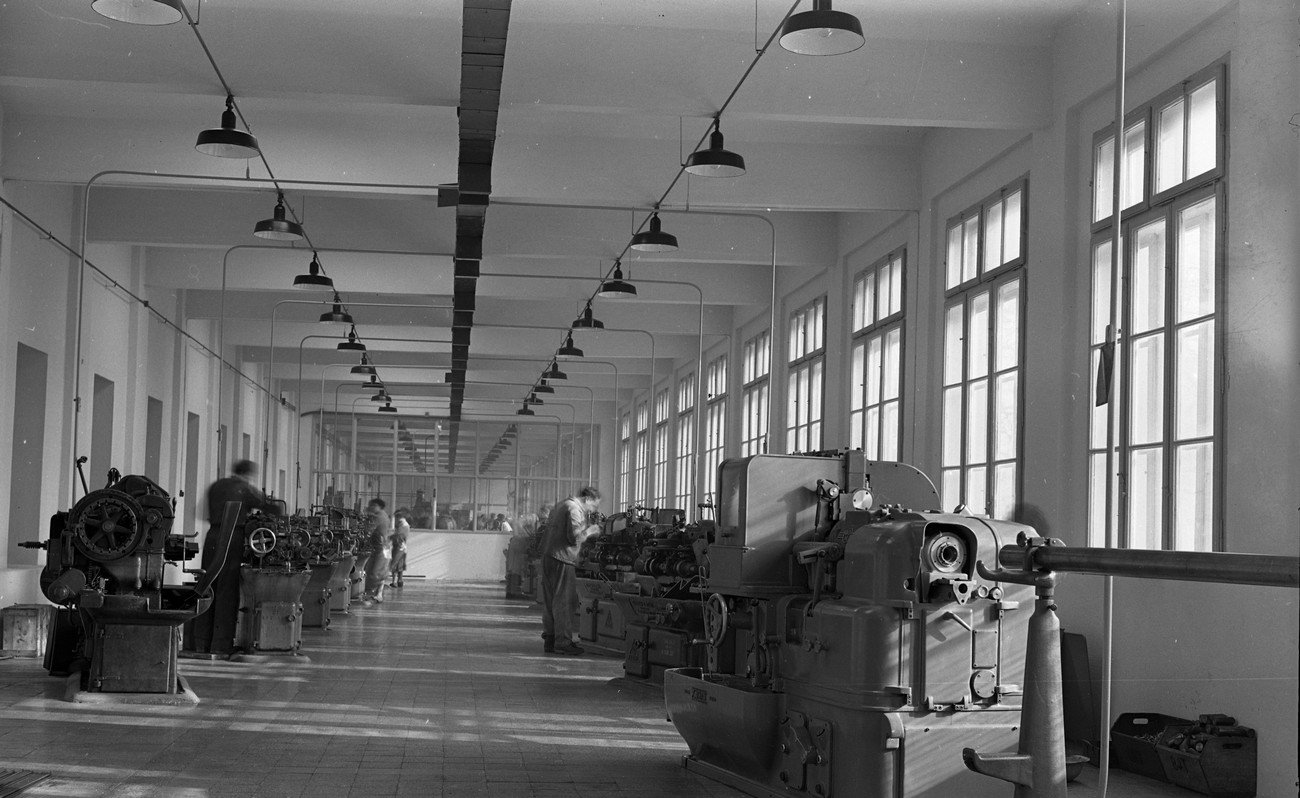 Bicycle factory Rog. Ljubljana, November 1953. Photo: Milan Pogačar, National Museum of Contemporary History
Bicycle factory Rog. Ljubljana, November 1953. Photo: Milan Pogačar, National Museum of Contemporary History -
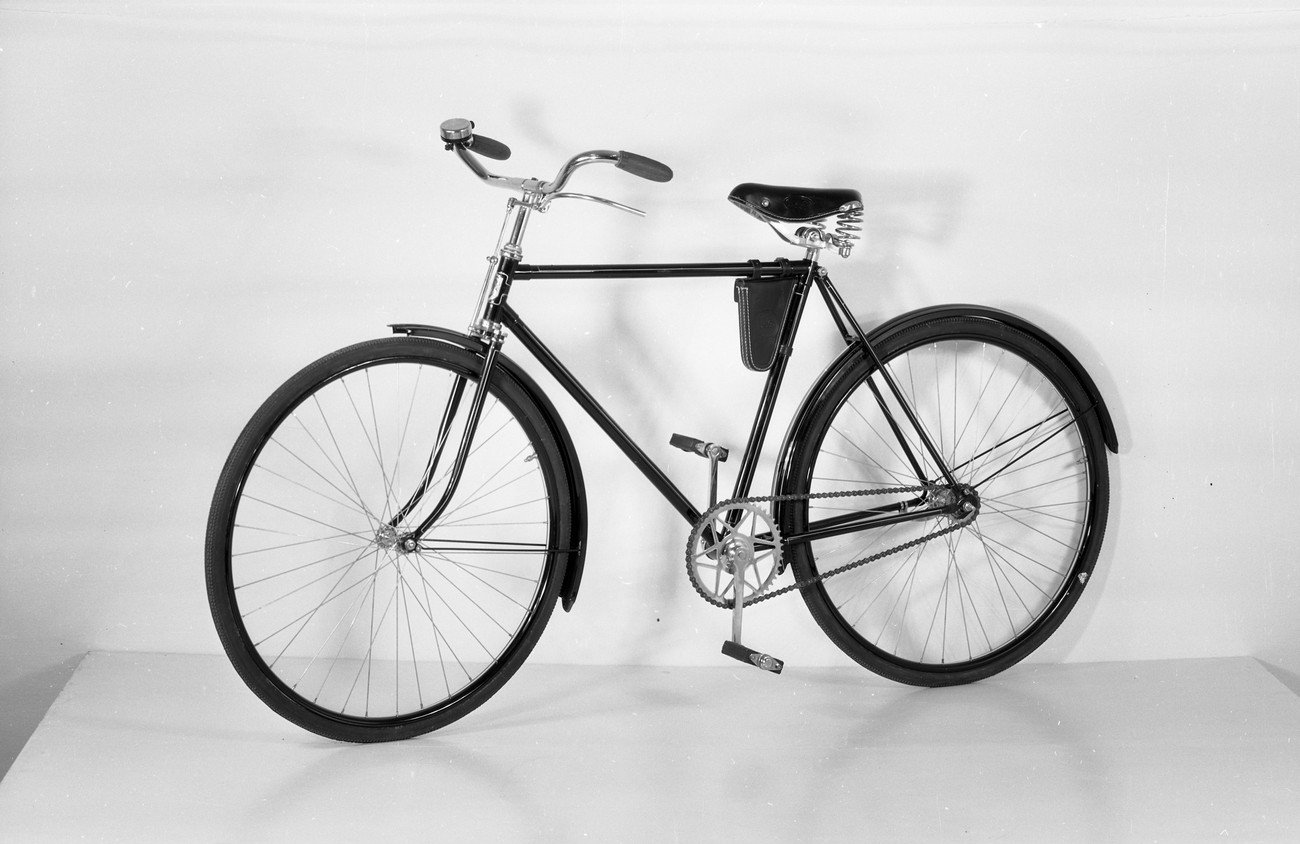 Bicycle factory Rog. Ljubljana, February 1953. Photo: Božo Štajer, National Museum of Contemporary History
Bicycle factory Rog. Ljubljana, February 1953. Photo: Božo Štajer, National Museum of Contemporary History -
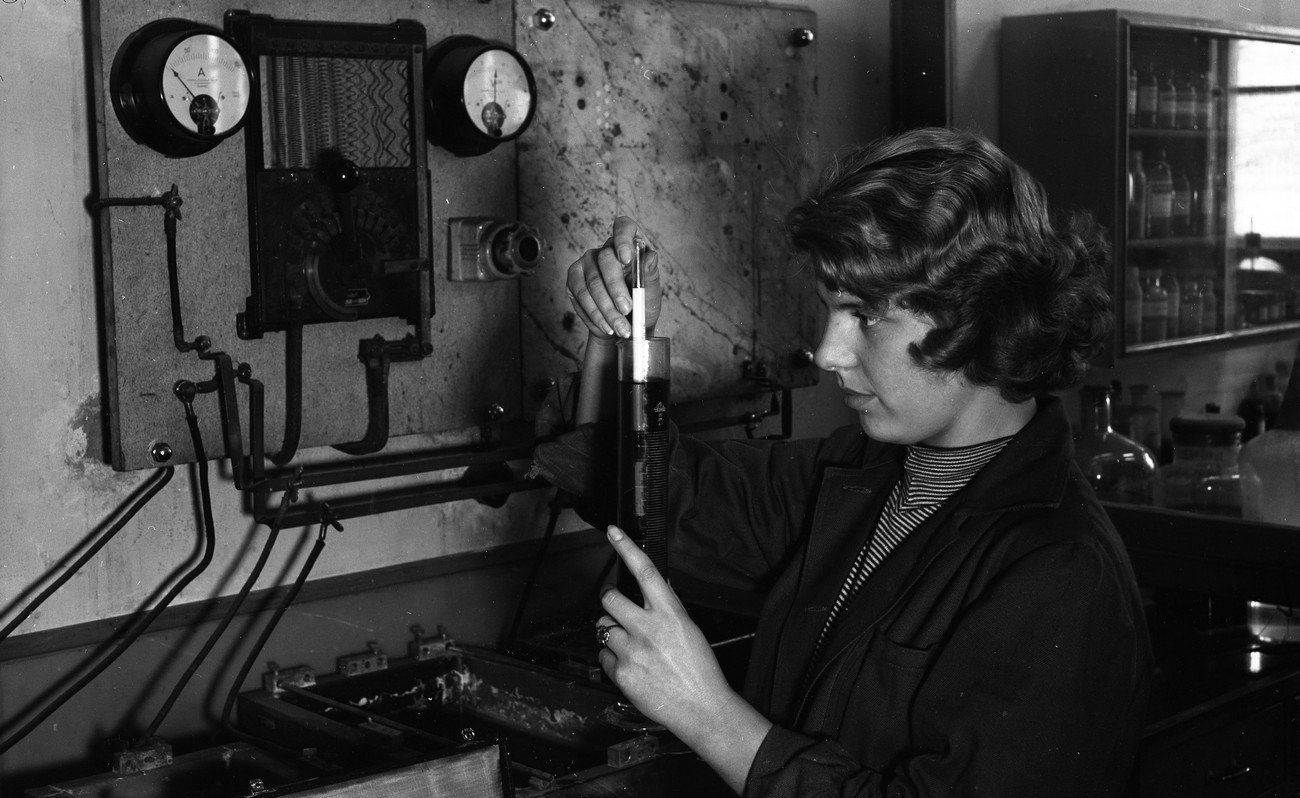 Bicycle factory Rog. Ljubljana, December 1956. Photo: Milan Pogačar, National Museum of Contemporary History
Bicycle factory Rog. Ljubljana, December 1956. Photo: Milan Pogačar, National Museum of Contemporary History -
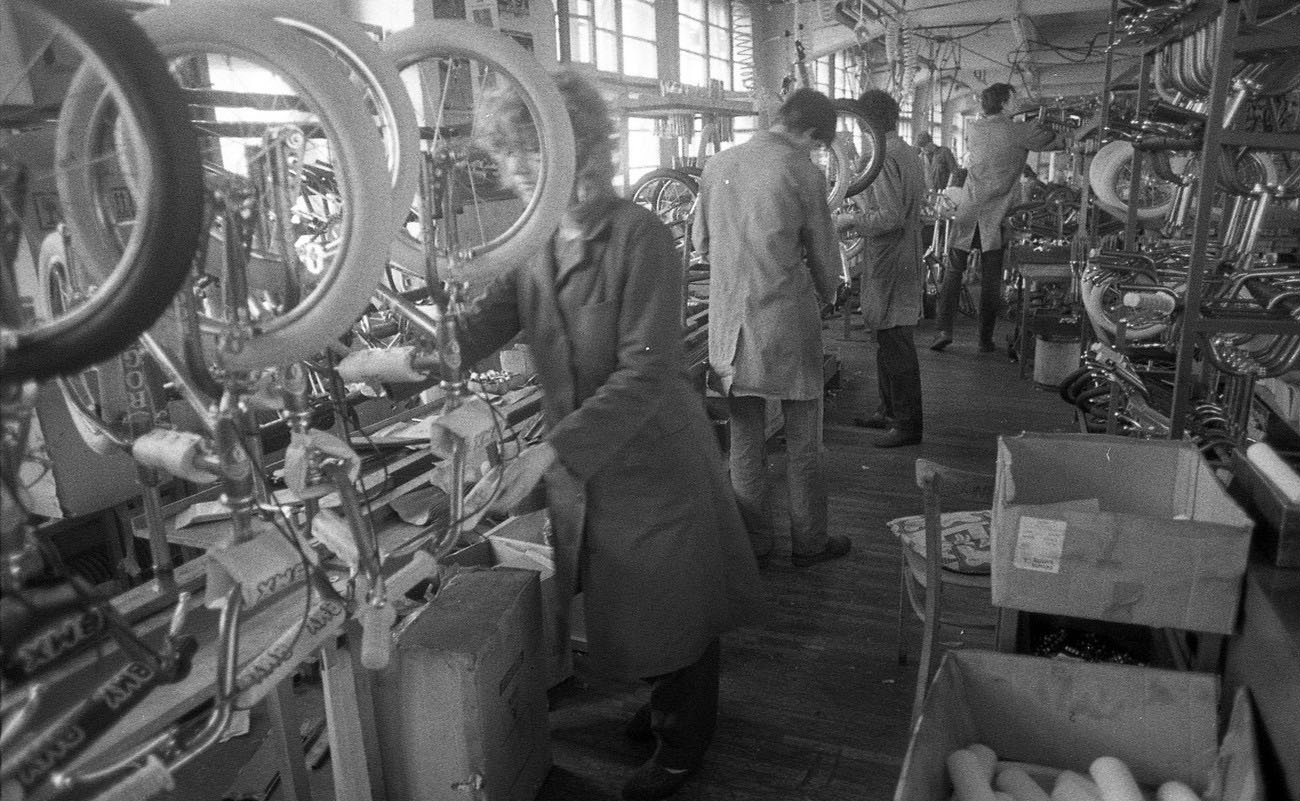 Bicycle factory Rog. Ljubljana, February 1986. Photo: Janez Bogataj, National Museum of Contemporary History
Bicycle factory Rog. Ljubljana, February 1986. Photo: Janez Bogataj, National Museum of Contemporary History -
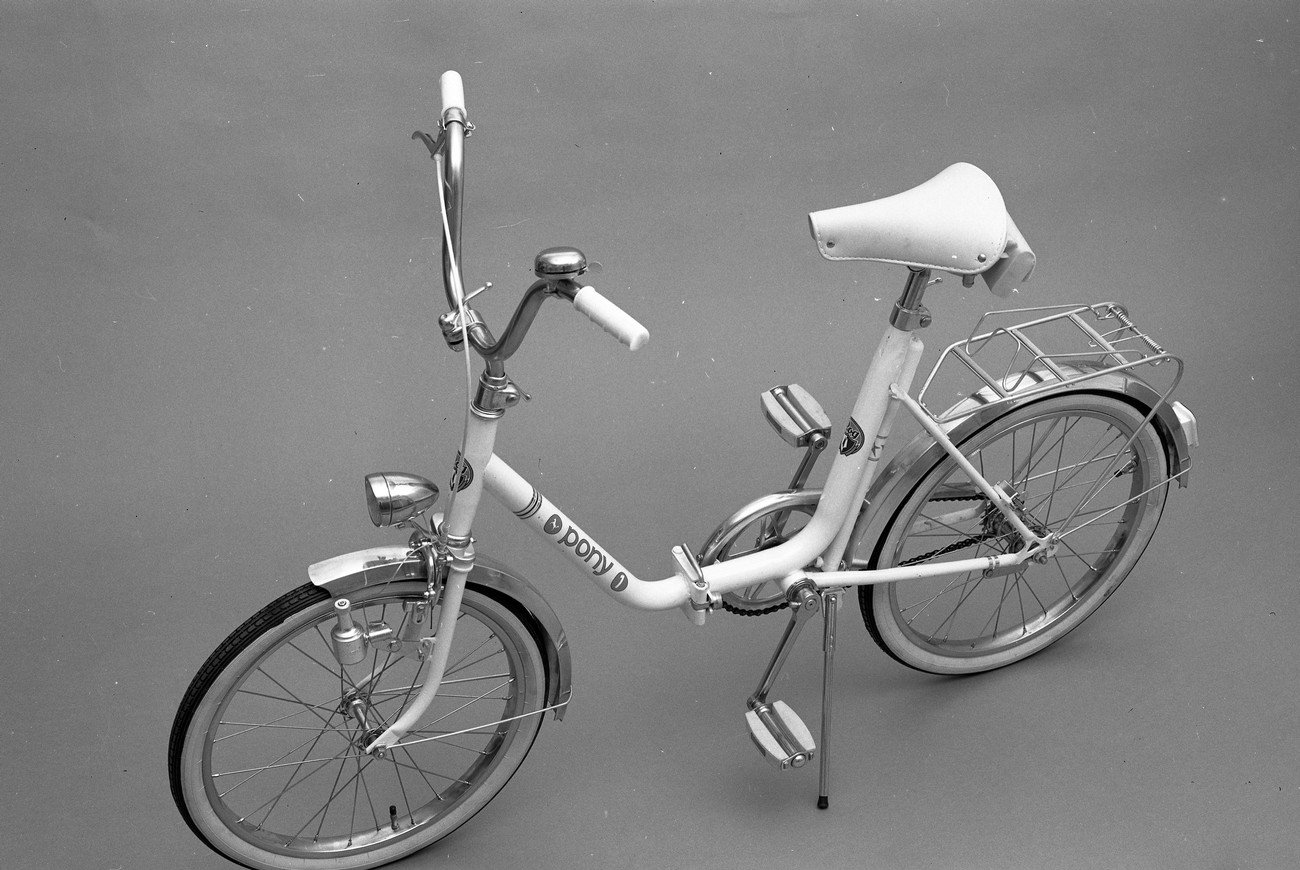 Bicycle factory Rog. Ljubljana, February 1971. Photo: Rudi Paškulin, National Museum of Contemporary History
Bicycle factory Rog. Ljubljana, February 1971. Photo: Rudi Paškulin, National Museum of Contemporary History -
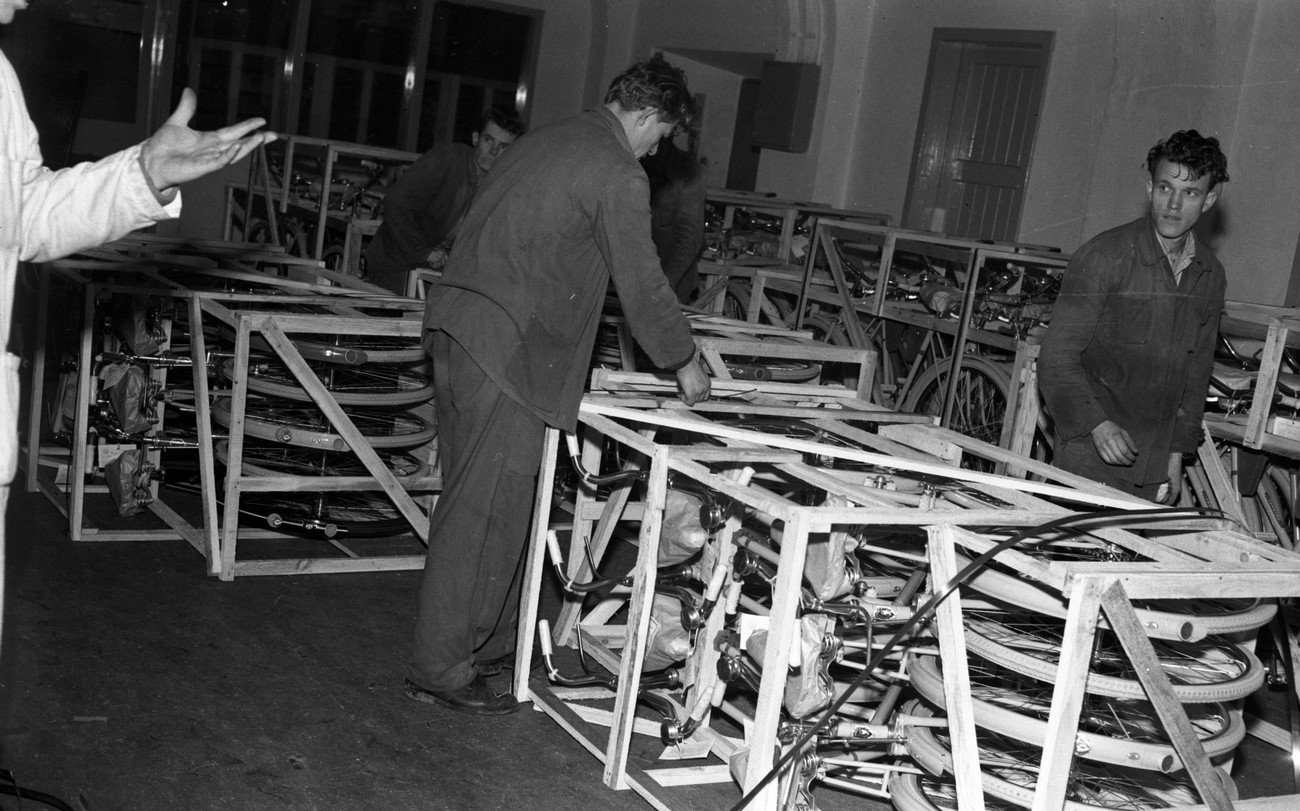 Bicycle factory Rog. Ljubljana, 1959. Photo: Miloš Švabič, National Museum of Contemporary History
Bicycle factory Rog. Ljubljana, 1959. Photo: Miloš Švabič, National Museum of Contemporary History -
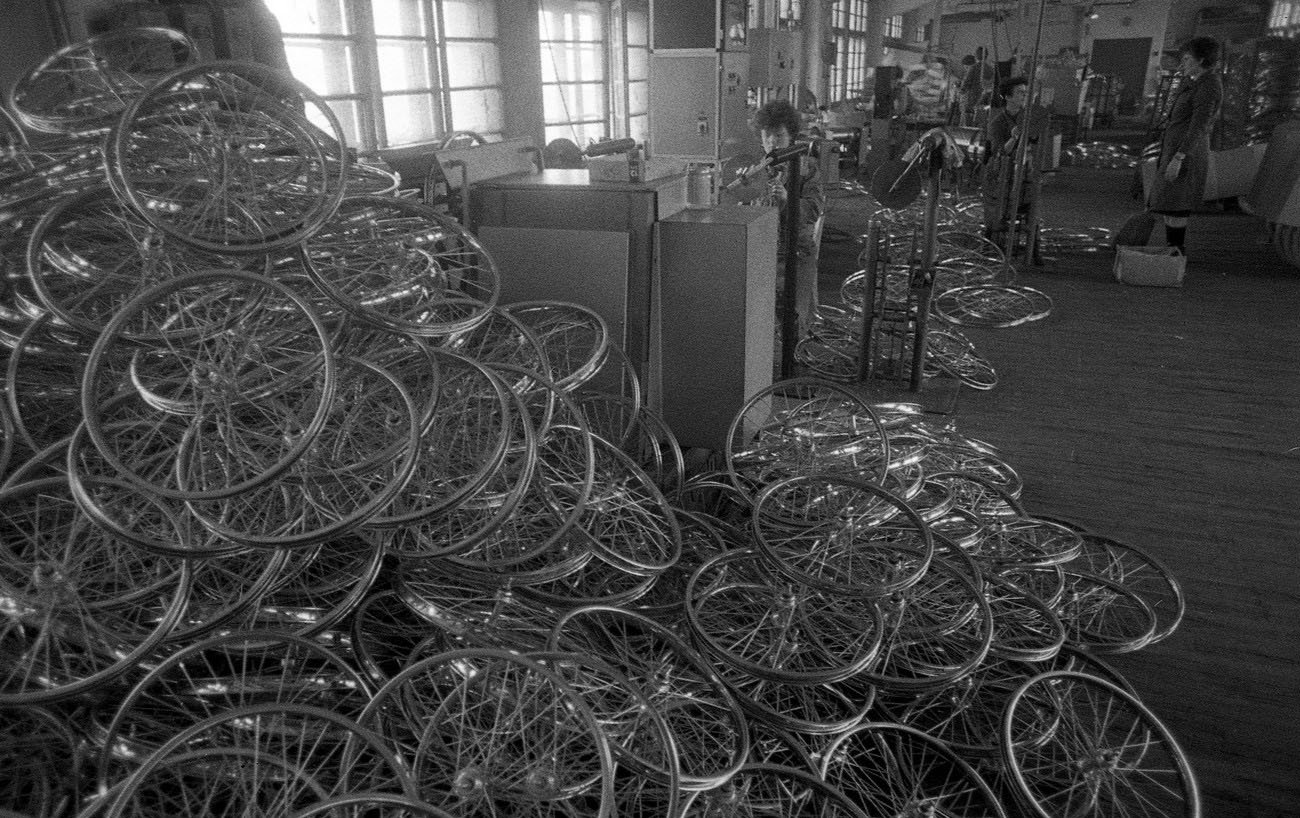 Bicycle factory Rog. Ljubljana, February 1986. Photo: Janez Bogataj, National Museum of Contemporary History
Bicycle factory Rog. Ljubljana, February 1986. Photo: Janez Bogataj, National Museum of Contemporary History
The development of Center Rog
The development story of Center Rog dates back to 2007, when the Municipality of Ljubljana started a project to revitalise the Rog factory and, together with a project team of experts, developed an initial programme concept that served as the basis for the renovation architectural plans, which were completed in 2008. In the same year, the economic crisis postponed the renovation work, and the former factory building, and its courtyard have been occupied by various users since 2006. Their number has varied over the years, and they have occupied the dilapidated premises, which had neither electricity nor water, based on an informal agreement of »temporary use« with the City of Ljubljana. The use of this severely degraded space was tolerated by the city, which also wanted to overcome the constant need for new spaces for creative activities. In the following years, cultural, artistic, sporting and social activities took place here, many of which left an important mark on the city.
The original plans from 2007 were tested through a three-year research project, called Second Chance, involving more than 300 stakeholders, including temporary users of the space, artists, educational and cultural organisations, decision-makers, entrepreneurs, international cultural workers and neighbours.
All key aspects of the 2007 Center Rog development project were confirmed, but the lively and fruitful debate contributed valuable refinements to the plans in a way that would develop a new organisational model that would bring together a range of creative and cultural industry sectors in a common production space where knowledge and ideas could be exchanged. The results of the Second Chance development project were implemented through the RogLab pilot project, which was designed as a production, training and showcase space. The pilot project of this public multidisciplinary hub, which supported creators and makers over the next 10 years to materialise new ideas with cutting-edge technological know-how and infrastructure, aimed to develop the potential of content and modes of operation on a small scale.
The RogLab team won the 2018 Innovation Award of the European Cities Network - Eurocities for its development model for Center Rog.
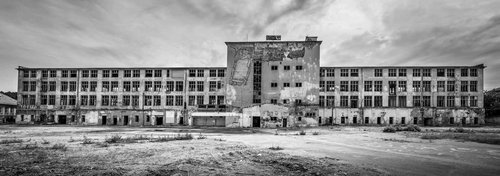
The Center Rog programme, which has been developed through a broad participatory process since 2010, has been co-created by more than 6.000 users, 450 experts and 80 partner organisations from both Slovenia and abroad. Since the establishment of the public institution, we have a permanent open call for partner organisations, as well as public and invited calls for focus groups and working groups. The development process of Center Rog shows that bottom-up challenges can be integrated into policy debates, stimulating innovation and triggering change.
Since around 2013, the space has been occupied by a second generation of temporary users who rejected the concept of temporary use and demanded the factory space for permanent use and exclusively on their own terms. As mediation between these temporary users and the City of Ljubljana was unsuccessful, a court case was initiated in 2016 and concluded in 2019 in favour of the City of Ljubljana. The latter subsequently asserted its ownership rights through legal means, took the premisses into possession and opened the construction site for the immediate start of the renovation in early spring of 2021.
In June 2021, the City of Ljubljana established a new non-profit public institution, Center Rog, to continue the development process in close cooperation with stakeholders. In the first phase of its existence, the new public institution was responsible for the implementation and coordination of the programme design with the complex process of renovation of the protected cultural heritage building. In autumn 2021, inventories of the equipment and uses of the joint production laboratories were drawn up in cooperation with 52 stakeholders who joined the project through an open call and direct invitations. Since November 2021, the Rog Centre has led the development project Common Spaces - Common Futures, which culminated in an international conference in June 2022. Five working groups focused on important areas that we want to integrate into the future work of Center Rog: participatory budgeting and co-decision making in public institutions, the development of tools to support the cross-sectoral creation of socially useful products, the shared use of green spaces, the inclusion of migrants and refugees, and the creation of a Gender and Diversity Plan (GEDP). The key guidelines and actions developed were then implemented by Center Rog in the form of pilot projects and refined based on user feedback.
Until its opening in November of 2023, Center Rog continued with participatory methods of public involvement, project implementation, training, education and workshops, and will seek tenants and users of the premises through public tenders.
The future of Center Rog is dedicated to creatives of various field and stays open to users, visitors and residents of all backgrounds, ages, and interests.
See more
JSP
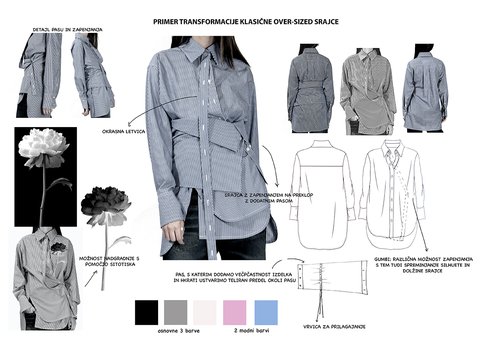
The fashion industry addresses a mature woman with idealized youthful concepts of clothing that do not meet her needs. That is why fashion designer Jelena Proković from the JSP collective will offer women after 50 years a stylish platfor...

